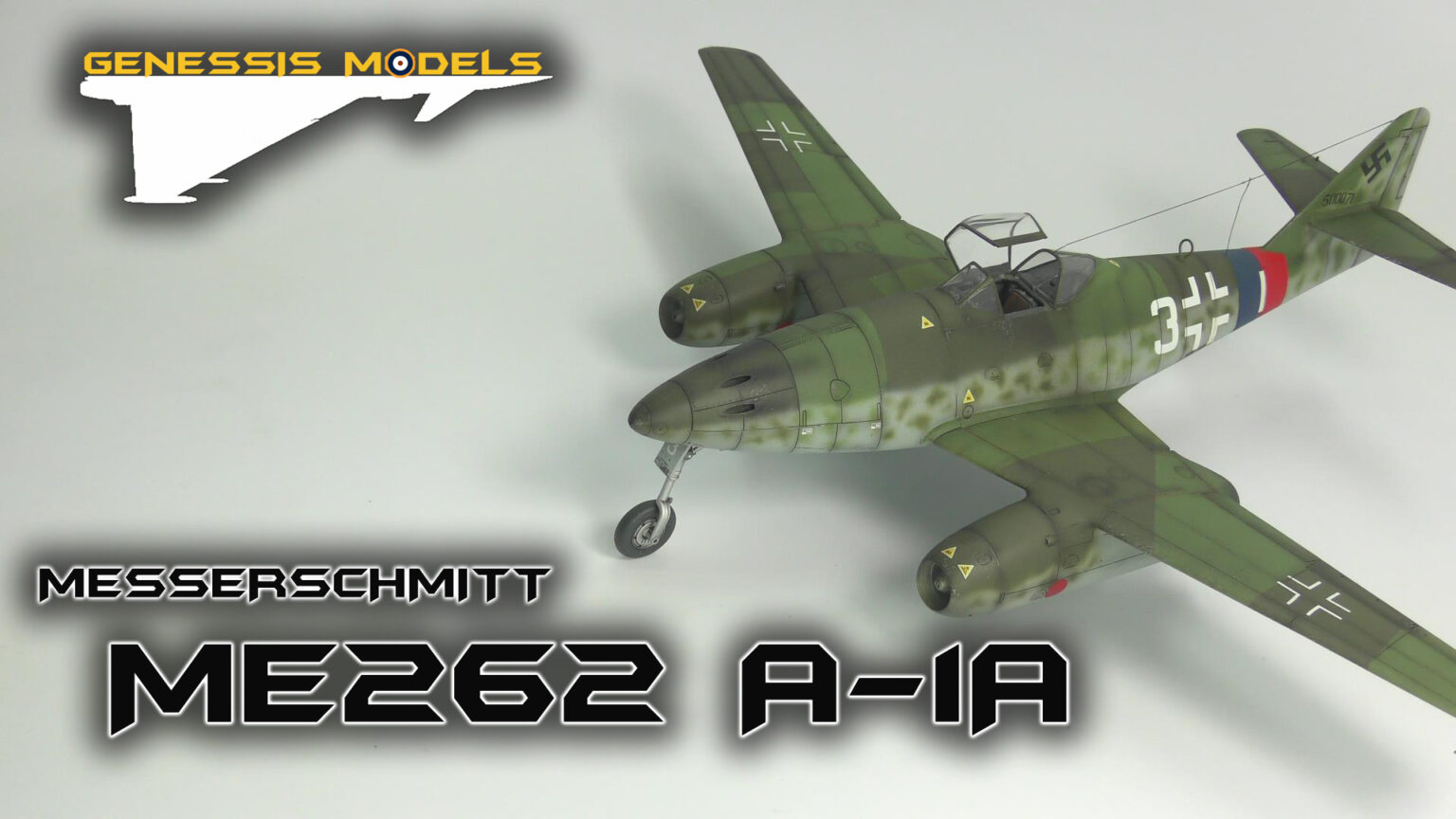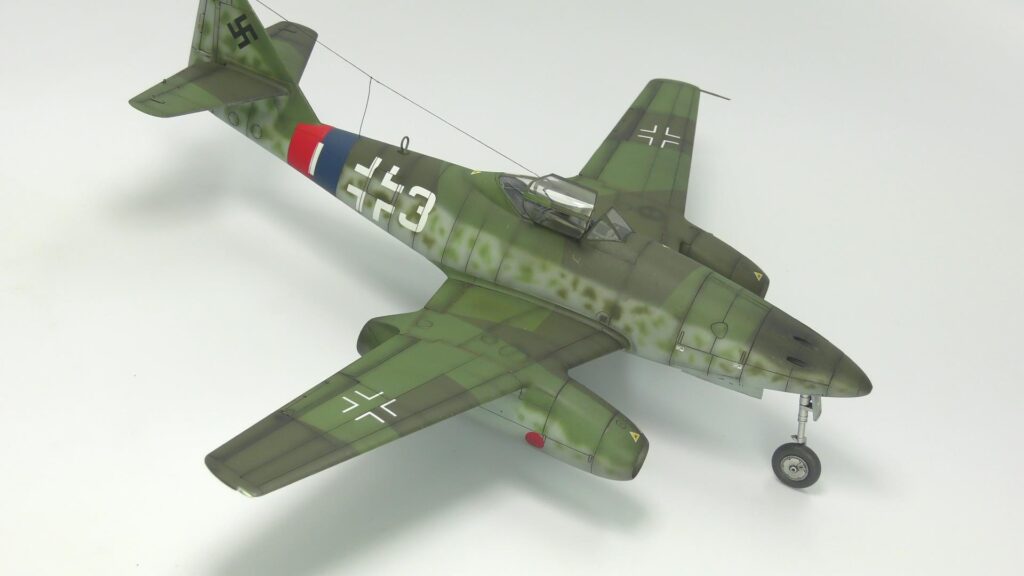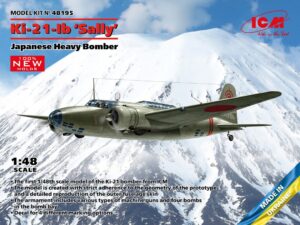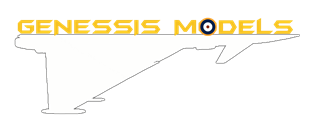Genessis Models News
Keep up-to-date with everything Genessis
ME262 A-1A : RAPID VIDEO BUILD : TAMIYA : 1/48 SCALE MODEL

ME262 A-1A

- Manufacturer: Tamiya
- Scale: 1/48
- Video Format: Rapid Video Build
- Presented By: Bobby Waldron
- Number of Episodes: 2
- Camera Angels: 1
- Camera Definition: 4K
- PE Parts Used: No
- painting Mask Used: No
- Resin Parts Used: No
- Kit Used No: 61087
The Messerschmitt Me 262, nicknamed Schwalbe (German: “Swallow“) in fighter versions, or Sturmvogel (German: “Storm Bird“) in fighter-bomber versions, is a fighter aircraft and fighter-bomber that was designed and produced by the German aircraft manufacturer Messerschmitt. It was the world’s first operational jet-powered fighter aircraft and “the only jet fighter to see air-to-air combat in World War Two”.[5]
The design of what would become the Me 262 started in April 1939, before World War II. It made its maiden flight on 18 April 1941 with a piston engine, and its first jet-powered flight on 18 July 1942. Progress was delayed by problems with engines, metallurgy, and interference from Luftwaffe chief Hermann Göring and Adolf Hitler. The German leader demanded that the Me 262, conceived as a defensive interceptor, be redesigned as ground-attack/bomber aircraft. The aircraft became operational with the Luftwaffe in mid-1944. The Me 262 was faster and more heavily armed than any Allied fighter, including the British jet-powered Gloster Meteor.[6] The Allies countered by attacking the aircraft on the ground and during takeoff and landing.
One of the most advanced WWII combat aircraft,[7] the Me 262 operated as a light bomber, reconnaissance aircraft, and experimental night fighter. The Me 262 proved an effective dogfighter against Allied fighters; German pilots claimed 542 Allied aircraft were shot down,[8] data also used by the US Navy[9] although higher claims have sometimes been made.[Note 1] The aircraft had reliability problems because of strategic materials shortages and design compromises with its Junkers Jumo 004 axial-flow turbojet engines.
Late-war Allied attacks on fuel supplies also reduced the aircraft’s readiness for combat and training sorties. Armament production within Germany was focused on more easily manufactured aircraft.[11] Ultimately, the Me 262 had little effect on the war because of its late introduction and the small numbers that entered service.[12][13]
Although German use of the Me 262 ended with World War II, the Czechoslovak Air Force operated a small number until 1951. Also, Israel may have used between two and eight Me 262s. These were supposedly built by Avia and supplied covertly, and there has been no official confirmations of their use.[Note 2] The aircraft heavily influenced several prototype designs, such as the Sukhoi Su-9 (1946) and Nakajima Kikka. Many captured Me 262s were studied and flight-tested by the major powers, and influenced the designs of production aircraft such as the North American F-86 Sabre, MiG-15, and Boeing B-47 Stratojet.[7] Several aircraft have survived on static display in museums. Some privately built flying reproductions have also been produced; these are usually powered by modern General Electric CJ610 engines.
Find Products In Store
-
 Fighter Ace Monthly£8.99 / month
Fighter Ace Monthly£8.99 / month -
 Fighter Ace Yearly£89.00 / year
Fighter Ace Yearly£89.00 / year -
Product on sale
 ICM : Ki-21-1b “Sally” Japanese Heavy Bomber : 1/48 ScaleOriginal price was: £59.80.£53.00Current price is: £53.00.
ICM : Ki-21-1b “Sally” Japanese Heavy Bomber : 1/48 ScaleOriginal price was: £59.80.£53.00Current price is: £53.00. -
 Fighter Pilot Monthly£5.50 / month
Fighter Pilot Monthly£5.50 / month
